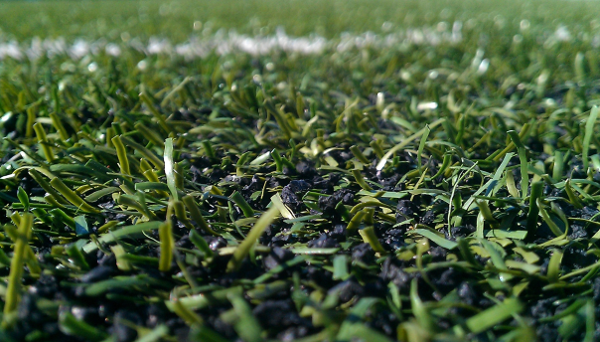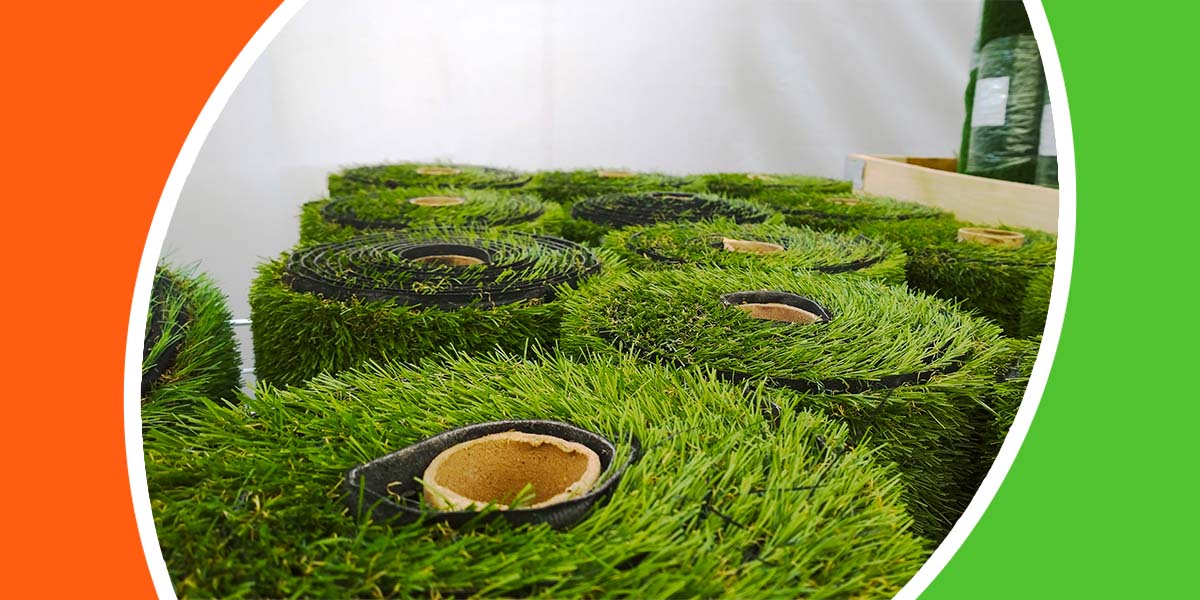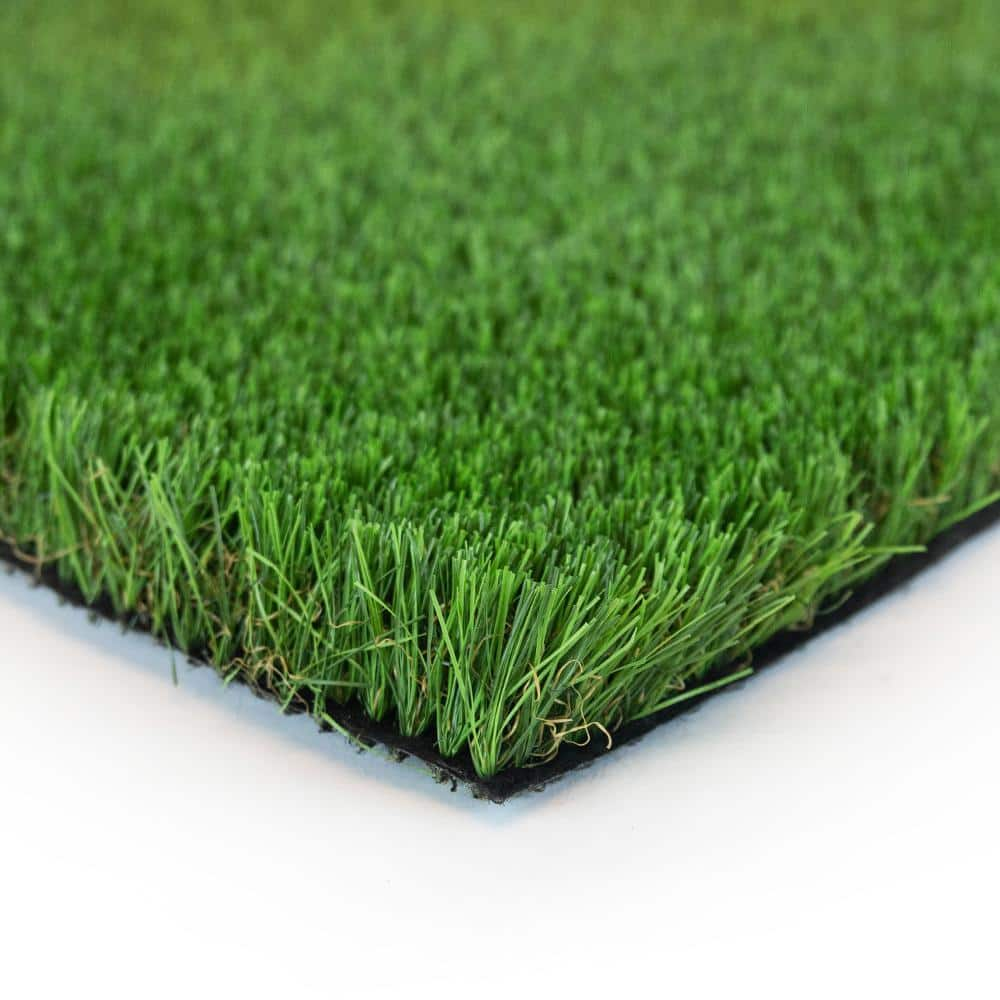Explore the Environmental Advantages of Opting for Artificial Turf Solutions
The adoption of man-made turf solutions presents an engaging opportunity to address pressing ecological difficulties. By significantly decreasing water usage and decreasing the application of unsafe chemicals, these alternatives not only promote sustainable landscape design but additionally protect regional ecological communities.
Water Conservation Benefits
Among one of the most substantial advantages of artificial lawn is its ability to conserve water. Standard lawn lawns need significant watering, specifically in locations susceptible to drought or water restrictions. On the other hand, synthetic grass does not require watering, significantly decreasing the overall demand for water sources. This feature is specifically helpful in arid areas where water deficiency is a pressing issue.
By getting rid of the need for regular watering, synthetic grass adds to sustainable landscape techniques and assists minimize the environmental impact of too much water usage. The preservation of water prolongs to the reduction of runoff, which can lead to dirt disintegration and river pollution.
In addition, the installment of man-made grass allows property owners and towns to allot water sources extra effectively, concentrating on crucial usages such as drinking water and agriculture. The shift towards synthetic grass not just advertises responsible water use but likewise lines up with more comprehensive ecological goals targeted at preserving natural deposits.
As neighborhoods increasingly focus on sustainability, the water preservation advantages of synthetic grass offer a compelling case for its fostering in residential and business landscaping projects.
Lowered Chemical Usage
The shift to synthetic grass dramatically lowers the dependence on chemical treatments commonly made use of in natural grass maintenance. Standard turf management commonly includes the application of pesticides, herbicides, and fertilizers to advertise growth and control insects. These chemicals can pose dangers to human wellness, regional wildlife, and the atmosphere, adding to dirt and water contamination.
On the other hand, synthetic grass removes the demand for these unsafe compounds. When installed, it requires very little maintenance, largely containing regular cleaning and seldom infill replenishment. This reduction in chemical usage not only profits the prompt environment yet also contributes to broader ecological stability. By minimizing the launch of artificial substances into the ecosystem, man-made grass promotes much healthier dirt and water systems.
Additionally, the lack of chemical runoff linked with artificial grass installations aids safeguard local rivers from air pollution, supporting water life and maintaining biodiversity. Artificial turf companies phoenix. As neighborhoods progressively prioritize sustainable methods, opting for artificial lawn presents a feasible service that aligns with environmental conservation objectives. With this shift, home owners can enjoy lavish environment-friendly rooms without endangering eco-friendly health and wellness, leading the method for a much more lasting future
Lower Carbon Impact

Additionally, the installation of synthetic turf can cause substantial water conservation. Natural yards need considerable quantities of water for irrigation, which not only includes in the carbon impact linked with water extraction and therapy but also pressures local water sources. In contrast, synthetic lawn needs marginal maintenance, requiring no watering, therefore dramatically lowering water usage and its connected power costs.
In addition, the long life of artificial read more lawn adds to its decreased carbon impact. With a life-span of up to 15 years or even more, the requirement for regular replacements is diminished, leading to less waste and lower power intake in production and throwing away standard yard choices. On the whole, man-made grass offers a sustainable choice for environmentally aware landscaping.
Environment Conservation
Environment preservation is an essential factor to consider in the debate over landscape design selections, particularly when contrasting synthetic grass to natural grass. Natural yard yards commonly require extensive maintenance, including click reference using herbicides, fertilizers, and pesticides, which can detrimentally impact neighborhood ecological communities. These chemicals can leach into the dirt and rivers, hurting native flora and animals and disrupting regional habitats.
Fabricated grass removes the demand for harmful chemicals, thus protecting close-by wild animals and keeping the integrity of surrounding ecosystems. The installment of synthetic lawn can lead to the conversion of former grass locations right into more biodiverse landscapes, such as pollinator gardens or native plant locations, which can sustain regional wild animals.
Eventually, the change to man-made grass not just preserves water and minimizes upkeep efforts however additionally fosters a more harmonious relationship in between human activities and the native environment, advertising environment conservation in the process.
Long-Term Sustainability
Long-term sustainability is an essential variable in evaluating the benefits of synthetic grass over conventional turf lawns. Among one of the most substantial advantages of synthetic grass is its resilience; it can last approximately 15-20 years with very little maintenance, whereas natural lawn requires frequent reseeding and replacement. This longevity reduces the demand for constant resources, such as water, fertilizers, and pesticides, which are essential for keeping a healthy and balanced yard lawn.
In addition, synthetic grass adds to a reduction in carbon emissions connected with lawn treatment devices. Typical lawns typically need gas-powered mowers, trimmers, and blowers, all of which add to air pollution. Turf installation phoenix az. On the other hand, synthetic grass eliminates the requirement for such devices, promoting a cleaner setting
Furthermore, the manufacturing of synthetic grass increasingly utilizes recycled products, boosting its sustainability account. As suppliers take on eco-friendly techniques, the ecological footprint of synthetic grass remains to reduce.

Conclusion
The adoption of synthetic grass solutions provides substantial ecological benefits, including substantial water preservation, reduced dependence on unsafe chemicals, and a reduced carbon footprint. Artificial grass help in protecting natural habitats by lessening land disturbance and advertising long-lasting sustainability with the use of resilient products. Collectively, these aspects emphasize the possibility of synthetic grass to add favorably to ecological health and view publisher site wellness and use a viable option to traditional landscape design methods in an increasingly resource-conscious world.
In contrast, artificial lawn does not require watering, significantly decreasing the general need for water resources. By decreasing the release of artificial substances right into the community, fabricated lawn promotes much healthier soil and water systems.
In addition, the setup of man-made grass can result in significant water conservation. In comparison, man-made grass requires very little maintenance, requiring no watering, consequently dramatically reducing water use and its connected energy expenses.
